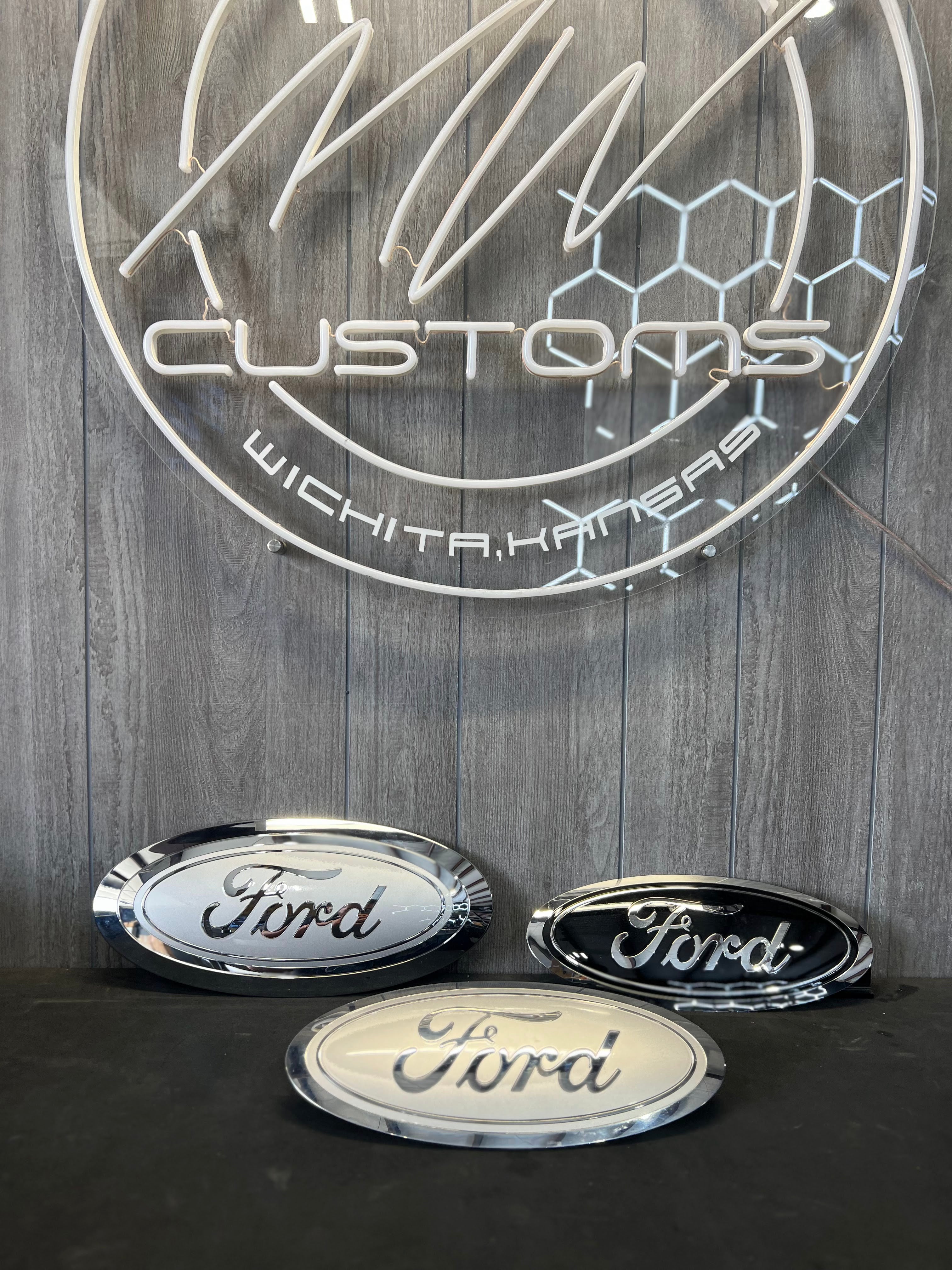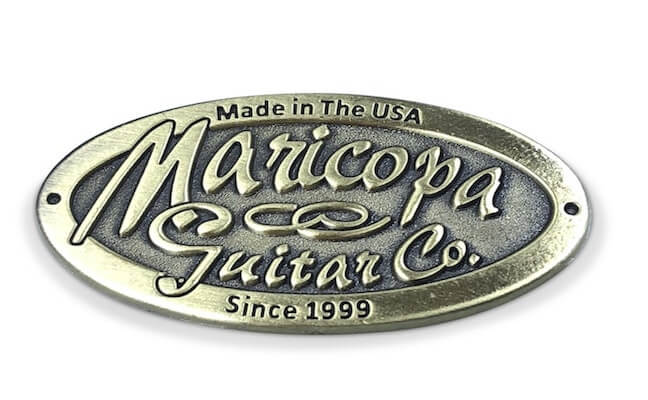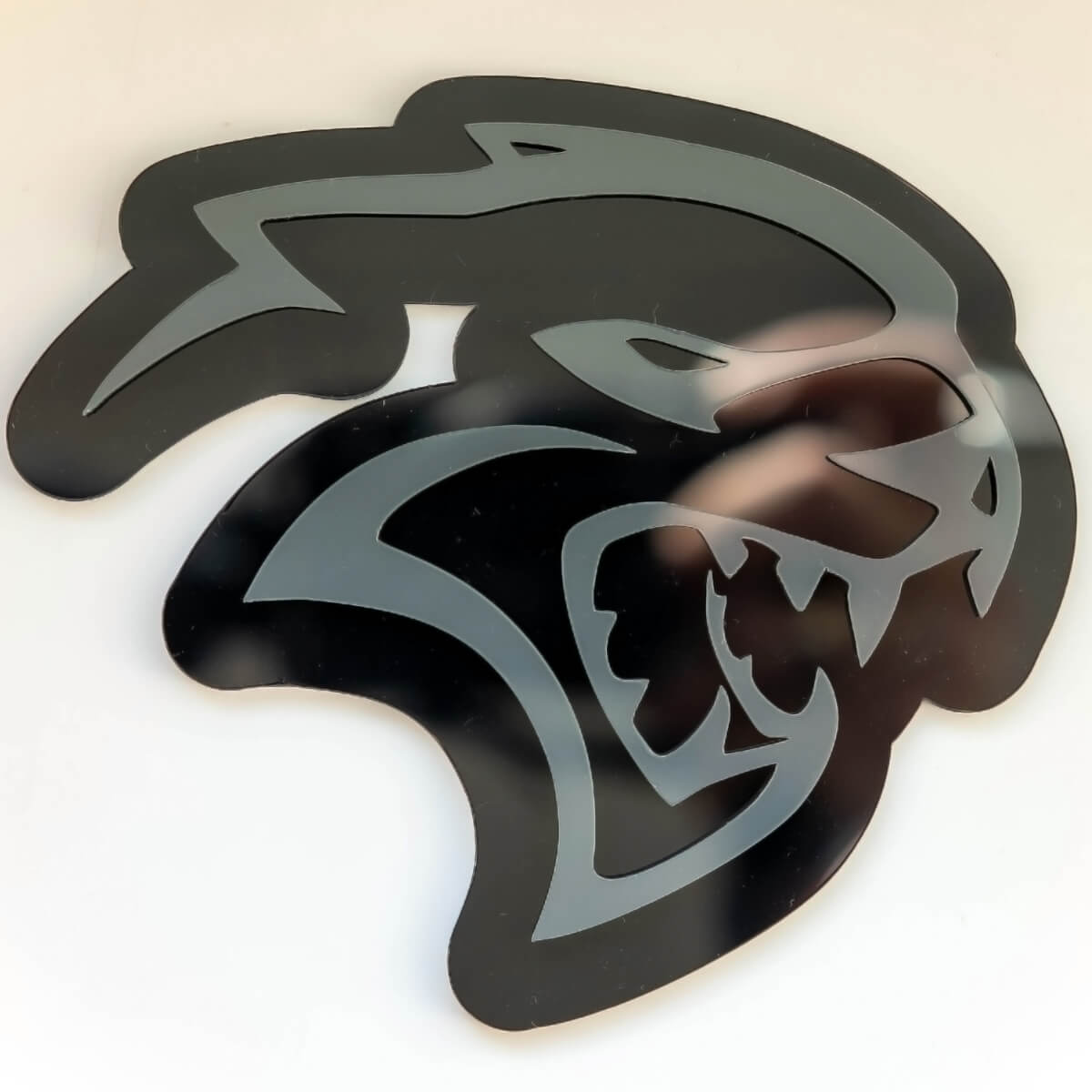A Step-by-Step Overview to Developing the Perfect Custom Emblem
A Step-by-Step Overview to Developing the Perfect Custom Emblem
Blog Article
Developing a Lasting Perception With Custom Emblems: Design Tips and Concepts
The development of a custom-made symbol is an essential step in establishing a brand name's identification, yet many overlook the subtleties that add to its performance (Custom Emblem). A well-executed style not just connects core worths but likewise reverberates with target audiences on multiple degrees. Concentrating on elements such as color selection, typography, and symbolic relevance can boost the symbol's effect. As we discover these essential elements, it comes to be clear that there is more to crafting a symbol than plain aesthetics; comprehending these principles can transform your strategy to brand depiction. What key facets should be focused on for maximum effect?
Understanding Your Brand Identity
Comprehending your brand name identification is essential for developing custom symbols that resonate with your target audience. By clearly articulating what your brand stands for, you can ensure that the layout elements of your emblem show these core concepts.

Following, identify crucial qualities of your brand name, such as individuality, reliability, or innovation. These qualities need to direct the layout process, influencing shapes, icons, and typography. A distinct brand name identification not only help in developing a remarkable symbol but additionally fosters brand loyalty and recognition. Eventually, a symbol that genuinely reflects your brand name identification will develop a purposeful link with your target market, strengthening your message and enhancing your total brand strategy.
Picking the Right Color Styles
Choosing the right colors for your custom-made symbol plays a critical function in sharing your brand's identity and message. Colors stimulate feelings and can substantially influence understandings, making it necessary to select shades that resonate with your target market. Begin by thinking about the psychological impact of colors; for example, blue typically shares count on and professionalism and trust, while red can evoke enjoyment and seriousness.
It is also crucial to straighten your shade choices with your brand name's worths and industry. A tech business may choose cool shades, such as eco-friendlies and blues, to show technology and integrity, whereas an imaginative firm may embrace vivid and bold colors to showcase creativity and energy.
Additionally, take into consideration the shade consistency in your layout. Utilizing a shade wheel can help you identify corresponding or analogous shades that produce visual balance. Goal for a maximum of 3 primaries to maintain simplicity and memorability.
Typography and Font Style Option
An appropriate font can dramatically enhance the influence of your customized symbol, making typography and typeface selection vital parts of the style process. The font style should align with the brand's identification, conveying the appropriate tone and message. For example, a modern-day sans-serif font style may stimulate a sense of technology and simplicity, while a classic serif font can connect custom and reliability.
When picking a font style, think see this site about clarity and scalability. Your emblem will be used throughout various media, from company cards to signboards, so the font style needs to stay clear at any type of size. In addition, prevent overly attractive fonts that may detract from the overall style and message.
Incorporating fonts can likewise develop aesthetic rate of interest however calls for mindful pairing. Custom Emblem. A common approach is to utilize a bold font for the main message and a complementary lighter one for additional elements. Consistency is essential; limit your choice to 2 or 3 fonts to keep a natural appearance
Including Significant Icons

For example, a tree may represent growth and stability, while an equipment may represent advancement and precision. The key is to ensure that the signs resonate with your target market and mirror your brand name's objective. Engage in brainstorming sessions to collect and check out different concepts input from varied stakeholders, as this can generate a richer range of alternatives.
As soon as you have identified prospective symbols, check their efficiency by sharing them with a focus group or performing studies. This feedback can give insights into just how well the symbols interact your desired message. In addition, consider how these signs will function in conjunction with other layout aspects, such as shades and typography, to produce an impactful and cohesive symbol. Eventually, the appropriate signs can boost recognition and promote a stronger emotional connection with your audience, making your brand name remarkable and significant.
Making Sure Convenience and Scalability
Ensuring that your customized symbol is scalable and flexible is vital for its performance throughout different applications and tools. A well-designed symbol should preserve its integrity and visual appeal whether it's presented on a business card, an internet site, or a huge banner. To attain this, concentrate on creating a design that is basic yet impactful, preventing intricate details that might come to be shed at smaller sizes.

Testing your emblem in various layouts and dimensions is important. Analyze how it executes on different histories and in various settings to guarantee it stays reliable and well-known. By focusing on adaptability and scalability in your layout process, you will certainly develop a symbol that stands the test of time and properly represents your brand name throughout all touchpoints.

Conclusion
To conclude, the creation of customized symbols demands a calculated approach that harmonizes various design components, consisting of brand name identity, shade selection, typography, and symbolic depiction. Stressing simpleness and scalability makes certain that the symbol stays flexible throughout find out different applications, while purposeful symbols boost emotional resonance with the audience. By diligently incorporating these elements, brand names can grow an unique identity that cultivates acknowledgment and leaves a long lasting impression on customers.
A well-defined brand identification not just aids in developing an unforgettable symbol but likewise promotes brand name loyalty and acknowledgment. Eventually, an emblem that really reflects your brand identity will create a purposeful connection with your audience, enhancing your message and boosting your total brand approach.
Picking the ideal shades for your custom-made symbol plays an essential duty in conveying your brand name's identification and message. By prioritizing convenience and scalability in your design process, you will certainly develop a symbol that stands the test of time and properly represents your brand name across all touchpoints.
In final thought, the development of personalized symbols requires a critical technique that integrates different design aspects, including brand identification, color selection, typography, and symbolic depiction.
Report this page